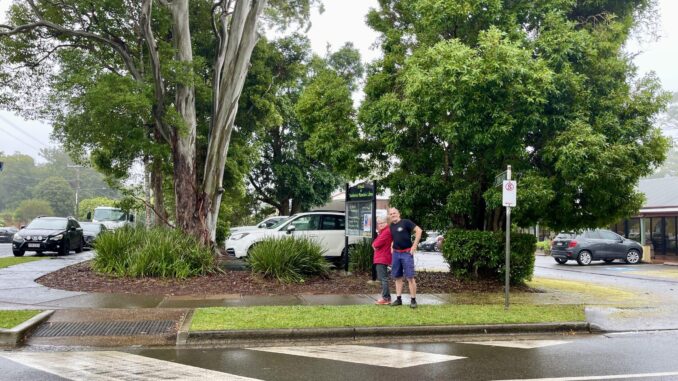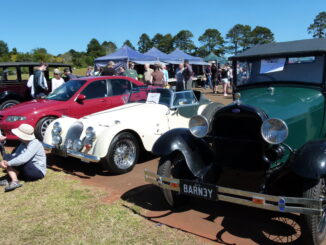
Whenever discussions arise around safety on the mountain or rate spending, the question of lighting rears its head.
It’s a divisive issue with passionate arguments from both sides.
Those that want lighting believe it provides a level of protection to prevent robberies as well as safety while exercising at night, particularly on uneven footpaths and roads.
The argument against
Many long-term residents, the vast majority of whom it would seem are opposed, point the finger at newcomers wanting what they had in the city.
One resident who has lived here for 63 years said the argument over lighting flares every time there is a wave of newcomers to the mountain. Opposed to lighting, she urged people to consider the wildlife.
Another long-term local, Cath Buckley, who has called the mountain home for 43 years, agreed it’s the newer residents that push for it.
“I am thoroughly against it in all but the most important areas such as business hubs and intersections,” Cath said.
“Lighting is detrimental to wildlife and a waste of electricity when used indiscriminately.”
“My opinion has always been if you want to walk at night carry a torch or wear a headlamp.”
Wildlife rescuer, Margaret McGovern said the mountain is an environment with great biodiversity and is very well known for it and one of the drawcards of living up here.
“Another reason we don’t have fences. Fireflies, owls, bandicoots. We have a massive list; some of which don’t have names yet,” she said.
“Our moths are stunning, so lights aren’t good for them. We even have glow in the dark mushrooms. It would be really lovely if we could put the critters first.”
The Australian government recognises the impact light pollution has on wildlife and runs a campaign to switch it off.
It says light pollution can mimic, mask or confuse natural light signals causing, among other things, mistimed activity, growth or breeding, disturb sleep and arcadian rhythms and reduced survival and reproduction.
It recommends starting with darkness and only adding light for a specific purpose.
The argument for
However, other residents don’t agree.
One, who wished not to be named described those opposed to lighting as “pretty selfish”.
He said safety should be the priority, stating there are no deterrents to crime.
Pedestrian and driver safety he felt was also an issue with car headlights inadequate.
“I don’t think it’s particularly safe and with p or l platers and if they break down they are left out in thick black. Which is quite vulnerable and dangerous,” he said.
He also believed Gallery Walk with its damaged sidewalks was a lawsuit waiting to happen in the dark.
Electrician, Simon McCormick, said when he moved here four years ago he wasn’t used to living without street lighting.
“When you are walking it can be a bit dangerous,” he said.
“The easiest way would be to attach some solar generated streetlights in places, which could be features and directional, highlighting trouble spots without interrupting nature or going into people’s yards.”
With such differing views the debate will continue, but any solid push to install lighting would be met with great opposition.



